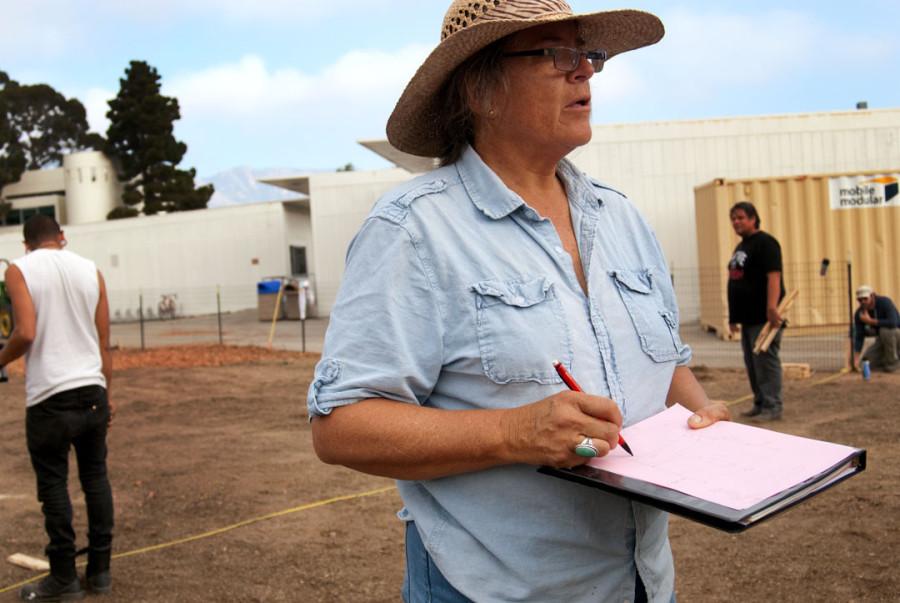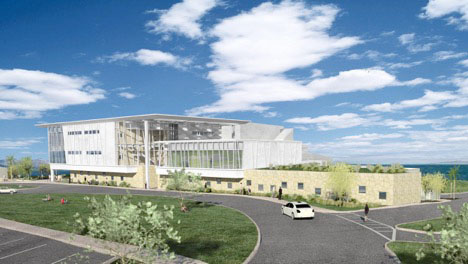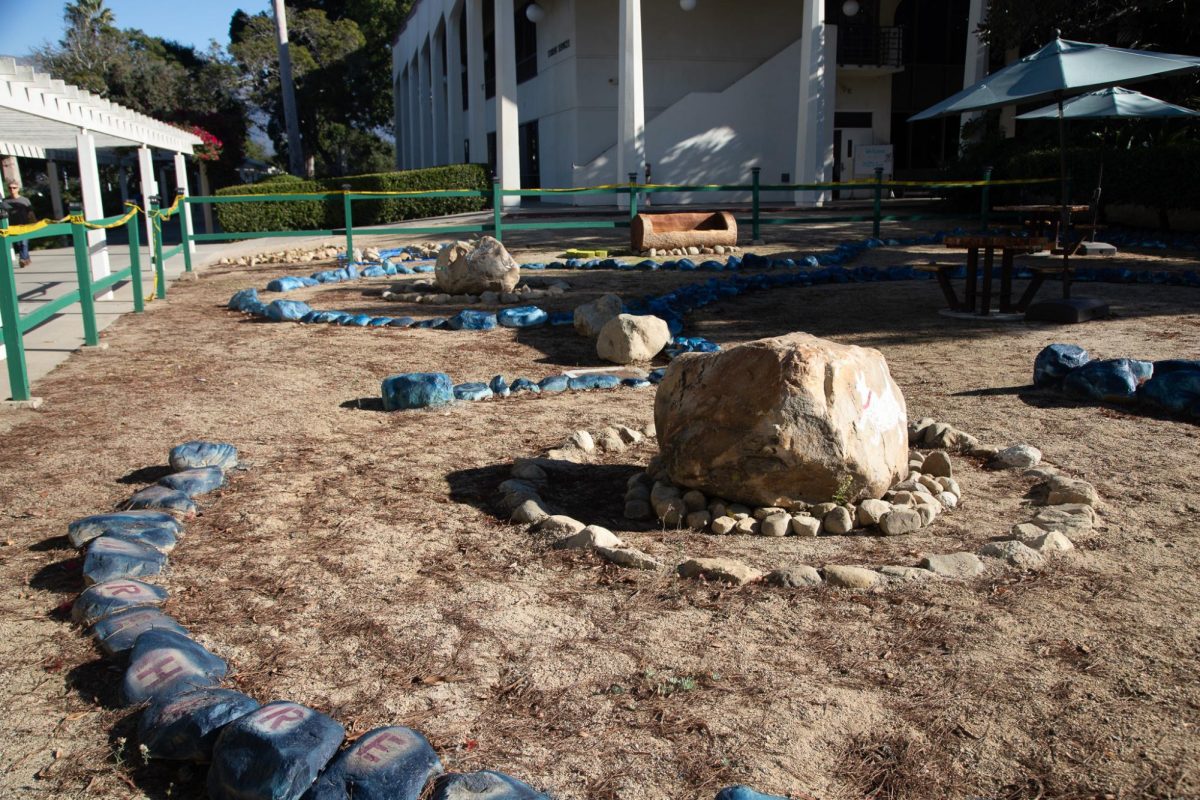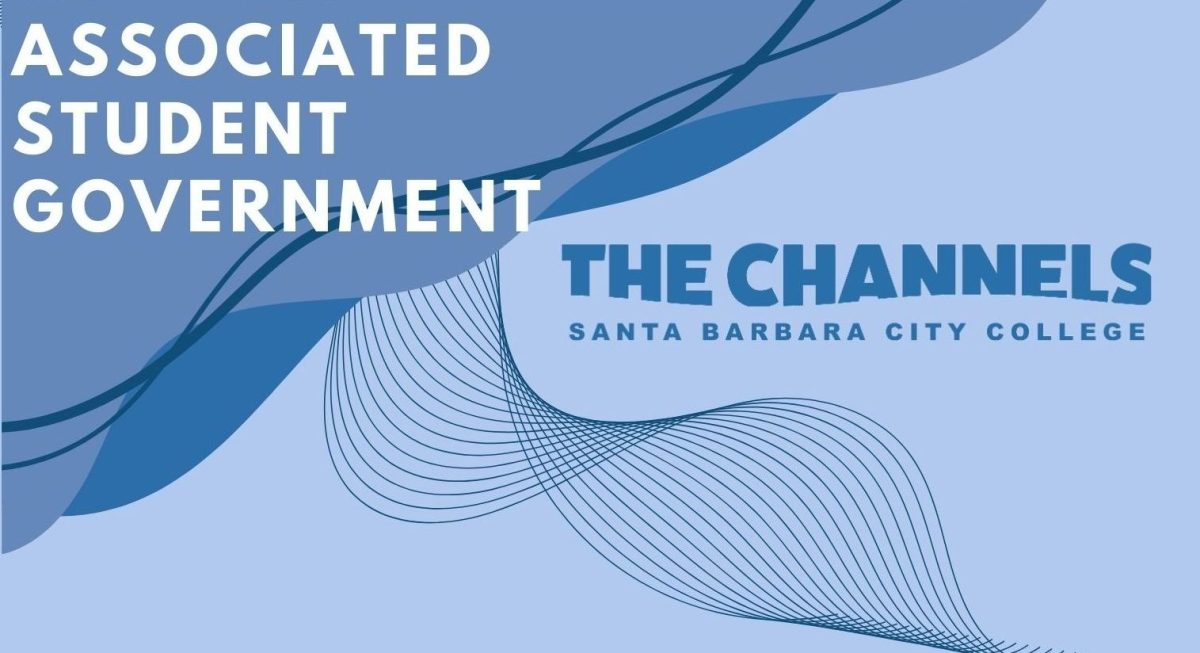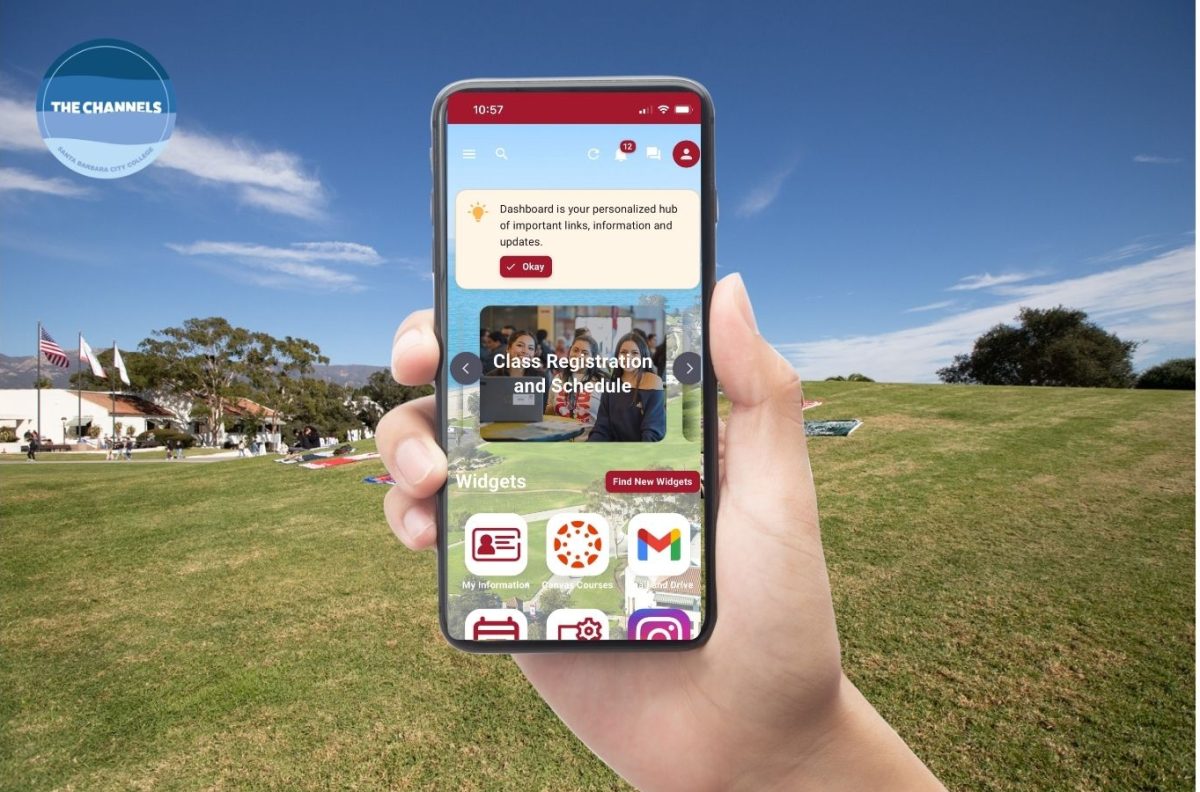Last weekend City College students and faculty headed out to the open dirt space by the East Campus classrooms to begin City College’s next big outdoor project.
Grounds supervisor Mark Broomfield and Ecological Restoration professors Karen Flagg and Don Hartley are the driving forces behind the project aiming to bioremediate the damaged soil into a new outdoor space for students, a process that uses organic material to break down damaged or polluted soil.
“Our mission is one college, one campus,” Broomfield said. “To motivate the learning environment while creating a comfortable atmosphere to live.”
However, the project area along with almost all of City College’s campus is on a Chumash cultural heritage site. With so much history in the ground, Broomfield said it is “our duty to respect it.” In order to respect this land, it can’t be excavated. All restoration must start from above the concrete.
This space was formerly the site of the old portable classrooms that were torn down, leaving the opportunity “to build a beautiful open space for campus,” said Broomfield. This project has been in the works for almost two years. Now with the space having been established and the potential for some wet weather, the project is finally underway.
“What we were left with when the portables came out was compaction probably somewhere along the magnitude of 90 percent, and we’re using a number of methods to bring this area back to life.”
This concrete-like dirt that was left behind after the removal of the portables might as well have been dead dirt. The professors only anticipate weeds being able to break through it without any help. However, the dirt presented the chance for horticulture students to conduct an experiment while also restoring the soil to a healthy state.
“The goal is to integrate the academics with the grounds so that it’s all one thing going on on-campus, learn by doing,” said professor Don Hartley. “To see if we can use plants to breakdown concrete and turn it into soil again, which is basically de-industrializing.”
On Friday, students were measuring out plots that will be dedicated to one of five cover crops the faculty advisors have chosen to be the experimental plants. Based on how well each of these crops grows, they will be able to determine how the soil beneath is improving.
Professor Karen Flagg said, “we’re using biology and the biological processes, in this case planting cover crops, to remediate these super compacted soils.”
The cover crops will speed up the bioremediation process, which is otherwise quite slow. “After years and years and years it might be okay, but you all would have grey hair by then,” Flagg said.
The project provides many things for the campus, but perhaps the most valuable is the experience the students will take away from it. Broomfield, who happened to be a student of Hartley and Flagg, emphasized how thankful he was for the opportunities the program brought him. “This does so much plus is a valuable experience as well as a practical experience,” he said.
Alaina Hernandez, an environmental horticulture student working on the project, said, “everybody works together to get it done in a clean and orderly fashion.”
While the team accomplished a lot on Friday, Broomfield stressed that it’s really up to the weather now to determine just how much progress will be made. With some rain, the site should become an oasis for students in no time.


